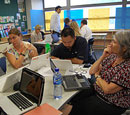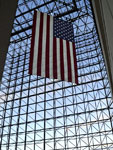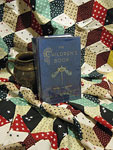Jennifer Orr on Teaching Failure

Human beings are not perfect. That seems fairly obvious as we see examples of it every day. I prove it to myself quite regularly.
In spite of that, we teach many famous people as if they were flawless. There are several problems with this approach. For one, not only does this give students an incomplete, inaccurate view of those who helped shape our history, it also sets our students up to avoid academic risks. In addition, it suggests that failure or struggles are negative rather than opportunities to grow and learn.
No one in history has achieved greatness without some struggles along the way. Walt Disney declared bankruptcy on the way to success with Disney Studios. Upon Thomas Jefferson’s death his estate was saddled with debt. Winston Churchill’s career is a study in trying again after failing to achieve. If we only teach students about the achievements and successes in the lives of these individuals we create a picture that is inaccurate.
Suggesting that only perfect human beings can change the world or make a difference means students will never see these possibilities for themselves. Knowing that Abraham Lincoln lost about as many elections as he won shows students that failure is a part of life and not a dead end. If they only learn of Lincoln’s childhood determination for education and his eventual presidency they see a man who is too perfect and therefore cannot serve as a role model for their lives.
In fact, failures are often necessary steps on the way to a future success. Thomas Edison saw all his failed attempts as simply pieces of his eventual achievement. Each failure taught him something new. Fearing failure and seeing it as negative make taking risks something to be avoided. Students should see failures as something to celebrate and learn from. As it stands now, unfortunately, we look at failures as shameful and things to be avoided at all costs.
We should be presenting historical figures to students in accurate, complete ways. We should be encouraging them to take risks as learners. We should be helping them grow through their struggles and failures rather than avoiding them. This will require significant changes in how teachers approach lessons and students, but history is one area in which we can easily begin.
Many resources available for teaching young children about historical figures present those individuals without any flaws. Teaching a more complete picture falls on us. My class often creates data retrieval charts about famous figures we study. Typically we include the person’s name, dates of birth and death, contributions to our country, and interesting facts. Adding a column about challenges is one way to help students explore historical figures more fully.
Having these ideas in black and white in front of us also allows us to discuss why those challenges or failures might have been important in an individual’s life. Students make connections to their own lives when they talk and explore a historical figure’s contributions and challenges. It allows them to see themselves in our country’s history and to envision their future in powerful new ways.
What historical figures come to mind for teaching about failure? Scientists and inventors often make mistakes or take wrong turns in their quests for success. Sometimes those failures lead to new discoveries!
Check out our Website Reviews for resources on innovators from Alexander Graham Bell to Barbara McClintock.
What about authors who wrote for years before being published, or politicians who lost elections only to try again? Failure was part of the lives of all historical figures, even the most successful.
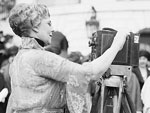
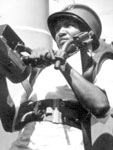
 If none of these resources fit into your curriculum or spark your interests, there's plenty where they came from. Search our
If none of these resources fit into your curriculum or spark your interests, there's plenty where they came from. Search our 